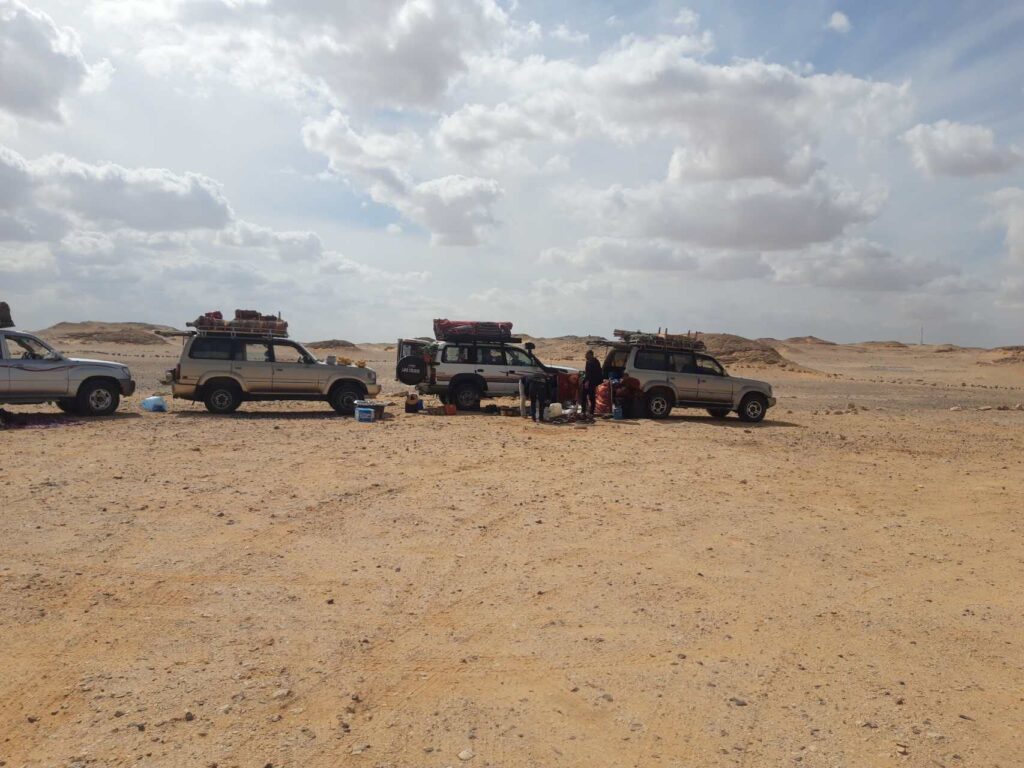
In 1990, an excellent group of specialists in this field from Cologne, Berlin, and Cairo undertook the first archaeological survey based on scientific grounds for the cave paintings.
From the beginning of 1999 to the end of 2002, drawings and decorations were thoroughly investigated as part of a larger scientific endeavor. The cave has magical dimensions that arose naturally as a result of water, where the pure and dry desert climate over millions of years contrasts with all of the region’s caves in its formations and the shape of its wonderful sediments, with the heights of the sedimentary formations reaching three or four feet, according to Rolfes’ description.

The cave’s descending and ascending sedimentary forms resemble frozen waterfalls, and they are the consequence of millions of cubic meters of groundwater seeping through the desert sand millions of years ago, producing this earthly tunnel, which was subsequently deposited and condensed by the tremendous heat.
The cave murals depict common activities of the people in the area, such as hunting and playing. The drawings were made during the wet Holocene epoch. Fishermen lived in the area at the time, and they practiced gathering and harvesting fruits. The drawings show that the neighborhood area, now barren and unprepared for life, was previously inhabited and vibrant.

The cave’s entrance, which is in the form of a small opening at the surface level of the limestone plateau where it is located, gives the impression that the visitor is descending into a small limestone basin that leads to a small, narrow corridor forming a landing pad filled with sand that is blown into the cave by the wind.
One of the stones growing on the cave floor in the shape of stalagmites, beautified by the famous paintings or scribbles that disintegrate year after year, can be seen at the cave’s entrance. The cave’s main courtyard, stretching from its ceiling to its floor, is a level space of 30 square meters with a height of five to six meters.

Despite the cave’s location in a limestone area, geological analyses have revealed that the stalagmites and stalactites’ sediments are entirely made of sandstone, which may provide scientific insight into the area’s geological history.
A light must be used to see the sedimentary formations when visiting a neighbor’s cave.
